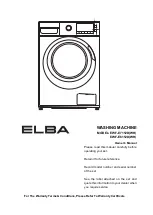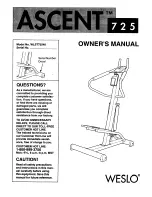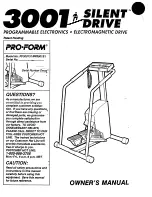
9
1
4
Hold the needle with your left hand, and then
use a coin or screwdriver to turn the needle
clamp screw counterclockwise to remove the
needle.
1
Use a coin or screwdriver
2
Needle clamp screw
• Do not use excessive force when loosening
or tightening the needle clamp screw,
otherwise certain parts of the sewing
machine may be damaged.
5
With the flat side of the needle toward the
back of the machine, insert the needle until it
touches the needle stopper. Next, tighten the
needle clamp using a coin or screwdriver.
1
Use a coin or screwdriver
2
Needle Stopper
3
Needle
Put the twin needle in the same way.
Changing the Presser Foot
You will have to change the presser foot depending
on what you want to sew and how.
■
Snap-on Type
1
Raise the needle to its highest position by
turning the handwheel toward you
(counterclockwise), and then raise the presser
foot lever.
2
Press the black button at the back of the
presser foot holder to release the presser foot.
1
Black button
2
Presser foot holder
3
Presser Foot
●
Make sure you insert the needle until it
touches the stopper, and securely tighten
the needle clamp screw with a coin or
screwdriver. If the needle is not fully
inserted, or if the needle clamp screw is
loose, the needle may break or the
machine may be damaged.
●
Always turn off the power before you
change the presser foot. If you leave the
power on and step on the controller, the
machine will start and you may be injured.
●
Always use the correct presser foot for
the stitch pattern you have chosen. If you
use the wrong presser foot, the needle
may strike the presser foot and bend or
break, and may cause injury.
●
Only use presser feet that have been
designed to be used with this machine.
Using any other presser foot may cause
accident or injury.
CAUTION
CAUTION
Summary of Contents for XL-2610i
Page 52: ......












































